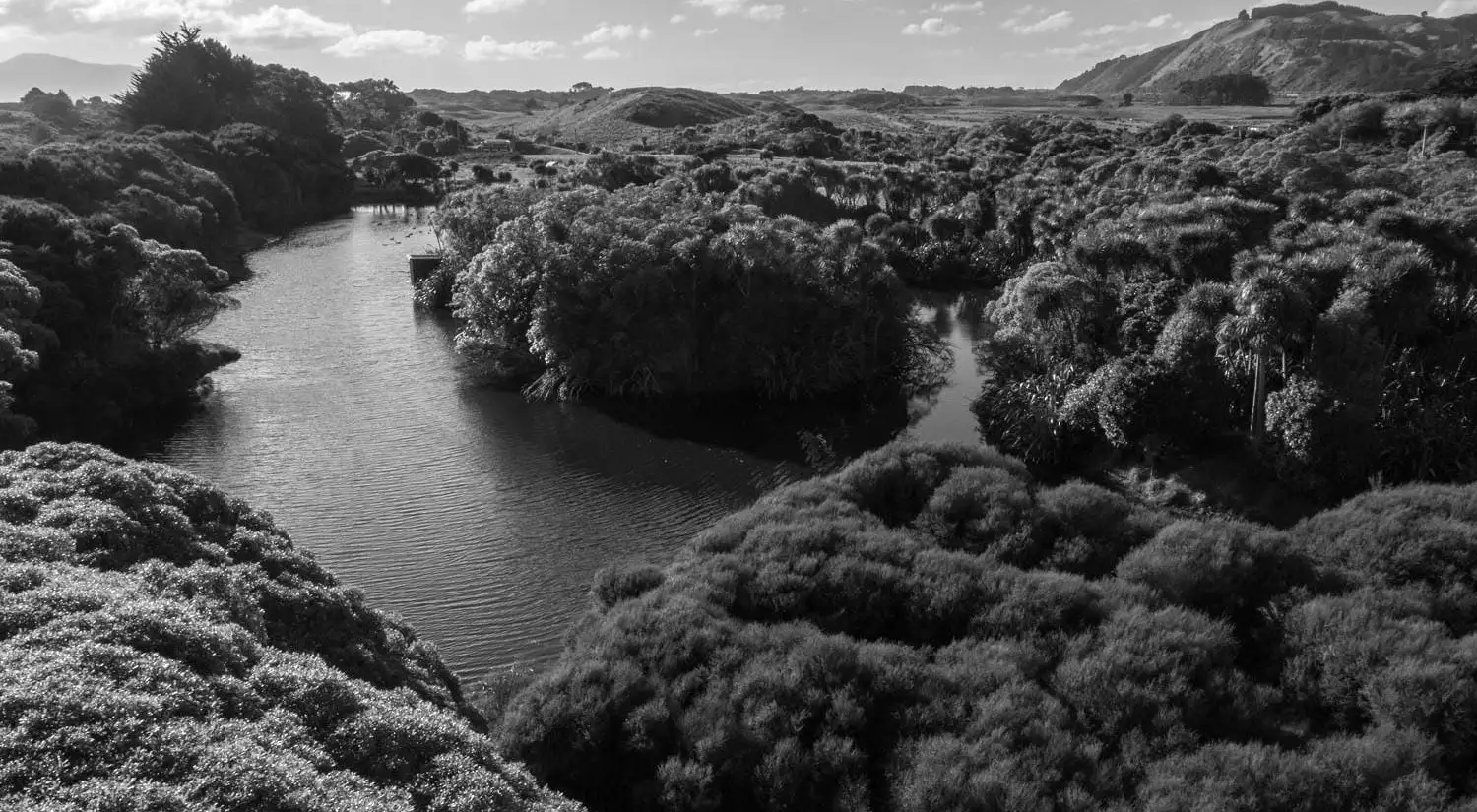Protecting Wellington’s waterways: Whaitua Committees



Whaitua committees are groups of local people tasked with recommending ways to maintain and improve the quality of the Wellington region’s fresh water and receiving environments. The committees are made up of local community members, iwi representatives, local authority representatives, and Greater Wellington representatives, and are responsible for developing a Whaitua Implementation Programme (WIP) together with their communities.
Whaitua Committees achieve a community vision for water by combining Mātauranga Māori, citizen science, community knowledge, and expert information to fulfil the requirements of the Essential Freshwater package. The WIPs then describe the communities’ aspirations for freshwater and help set a platform for collective effort to improve the health of waterways, implemented through new regulations and actions on the ground.
There are five whaitua committees in Wellington. WIPs have been completed for Ruamāhanga, Te-Awarua-o-Porirua, and Te-Whanganui-a-Tara. The Whaitua Kāpiti committee was established in late 2022, and a Wairarapa Coast whaitua process is to follow.
Te Whanganui-a-Tara Whaitua Committee produced its Whaitua Implementation Programme in 2021, which contains a long-term vision, and short, medium and long-term steps to restore wai ora (healthy water) within 100 years. Alongside this programme, Committee representatives from Taranaki Whānui and Ngāti Toa Rangatira produced Te Mahere Wai, a Mana Whenua Whaitua Implementation Programme. It describes Mana Whenua values, establishes a Mana Whenua assessment framework, Te Oranga Wai, for measuring and managing freshwater.
The co-chair of the Committee, Louise Askin, noted that “collaboration was core to our process in drafting the recommendations and reports and it will be key in the implementation too. Mana Whenua, Councils, water services agencies, and the wider community all have a role to play.”
After the launch of the WIP for Te Whanganui-a-Tara, Greater Wellington built an interactive website that shares information about the catchments, including interactive maps, photos, and water quality targets. The public is encouraged to take their own actions such as finding out where the wastewater and stormwater goes from their properties and checking pipes on their properties for leaks and incorrect or illegal connections.